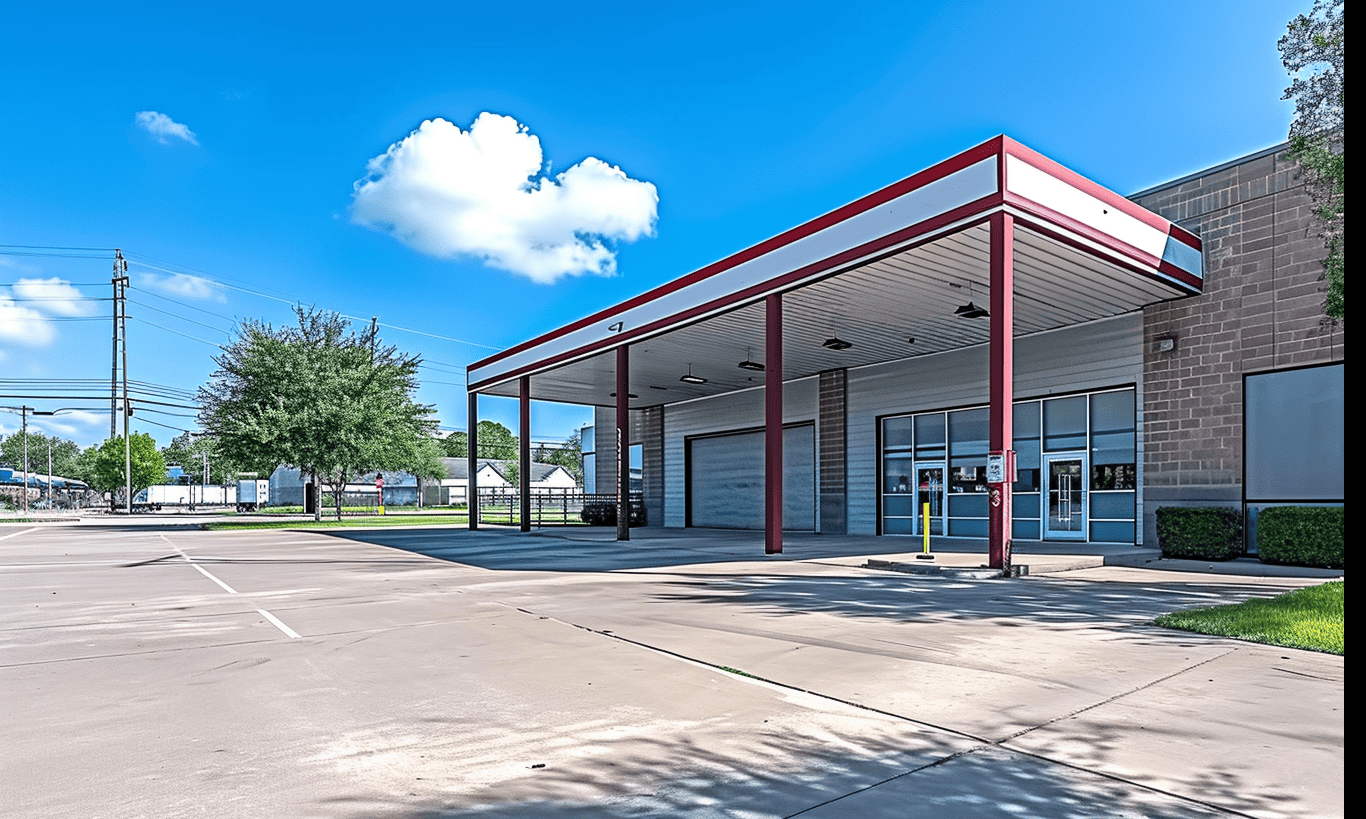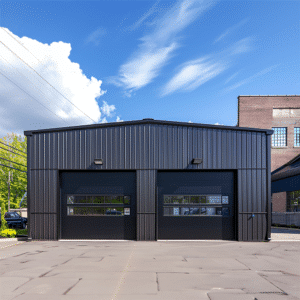In the world of construction and urban planning, floodplain development regulations play a crucial role in ensuring that structures are built safely and sustainably. From residential homes to commercial steel buildings, understanding and adhering to these regulations can make all the difference when it comes to staying dry during unexpected flooding events. But what exactly are floodplain development regulations and how can you navigate them effectively? Let’s dive into the intricacies of these guidelines and explore how they intersect with broader regulations and building strategies.
Floodplain development regulations are policies designed to govern construction activities in areas that are prone to flooding. These regulations are significant because they aim to minimize the risks associated with flood damage, safeguard the natural environment, and ensure safe habitation for communities. If you’ve ever encountered the complexities of urban zoning or dealt with Permits and Local Building Codes, you’ll find that floodplain regulations are part of a broader web of rules that help maintain harmony between nature and human development.
Why Floodplain Regulations Matter
Imagine deciding to build your dream office space or a commercial steel structure in an area that occasionally resembles a swimming pool more than solid ground. Without stringent floodplain development regulations, your investment could literally be washed away with the next heavy rain. These rules are not arbitrary; they are carefully crafted guidelines that take into account historical flood data, geographical considerations, and environmental impacts. In essence, they provide a road map that helps developers and builders like you make informed decisions that ensure the longevity and safety of your projects.
Stormwater Management: The Unsung Hero
When we talk about floodplain management, it’s impossible to overlook the significance of stormwater management codes. These codes are designed to manage the runoff produced by rain and other forms of precipitation. By incorporating effective stormwater management strategies, we can mitigate flood risks and reduce environmental impacts on surrounding ecosystems. In fact, proper stormwater management is akin to giving Mother Nature the space she needs to breathe and function effectively, all while maintaining our footprint on the land.
But here’s the irony: stormwater management is often overlooked until a disaster strikes. Then, much like the unsung hero in a movie, it comes to the rescue. What’s crucial is that developers incorporate these strategies early and integrate them into the initial planning phases to ensure the optimal performance of building sites, especially those in flood zones.
Building in Ontario: Unique Challenges and Opportunities
When constructing a building, particularly in a province like Ontario, the challenge multiplies due to its diverse geography and weather patterns. Ontario boasts a varied landscape, making it both a beautiful and challenging terrain for construction. Enter the world of customizable metal building packages Ontario, which provide adaptable solutions designed to withstand not only the challenges presented by floodplains but also the seasonal variations in climate.
Visualizing Possibilities
Imagine designing your steel structure with an open garage space to accommodate both functionality and aesthetic appeal. For instance, envision a row of golf carts parked neatly inside a spacious metal garage. Such a concept combines the practical aspects of efficient space utilization with the elegance of architectural design.

Adhering to Broader Regulations
Construction near water bodies invariably means complying with additional rules and guidelines, such as wetland regulations. These regulations work alongside floodplain development regulations to protect both the built environment and natural habitat. Ignoring such policies would be akin to building a castle on sand: neither wise nor sustainable.
In this regulatory landscape, even agencies such as the Canada Mortgage and Housing Corporation – Floodplain Development Regulations play vital roles. They provide resources and guidelines that are indispensable for anyone venturing into flood-prone areas, ensuring that safety and legality go hand in hand.
The Art of Compliance: Best Practices
Navigating floodplain development regulations can seem daunting, but employing best practices can simplify the process. Start by conducting a comprehensive risk assessment to understand the flood-related challenges specific to your project location. Engage with local planning authorities early to gain insights into any unique regional mandates.
Leverage technology and simulation models to predict flood behavior and evaluate the resilience of your chosen building materials and design. For example, opting for steel infrastructure, known for its durability and adaptability, could not only enhance structural integrity but also optimize resource efficiency.
Conclusion: Building Smarter, Building Safer
In the tango between nature and civilization, floodplain development regulations represent a vital part of the choreography. They ensure that as we expand our horizons, we do not infringe on natural systems, but rather coexist with them. By aligning construction strategies with these regulations, we maximize safety, resilience, and sustainability.
Understanding and implementing floodplain development regulations may not be the most glamorous aspect of construction, but much like a sturdy steel frame, it’s the excellent backbone upon which safe and profitable development can occur. Whether you’re strategizing stormwater management, selecting your ideal metal building package from Ontario, or adhering to broader wetland regulations, the whole process ultimately echoes the mantra: Build smart, build safe, and always stay dry.










